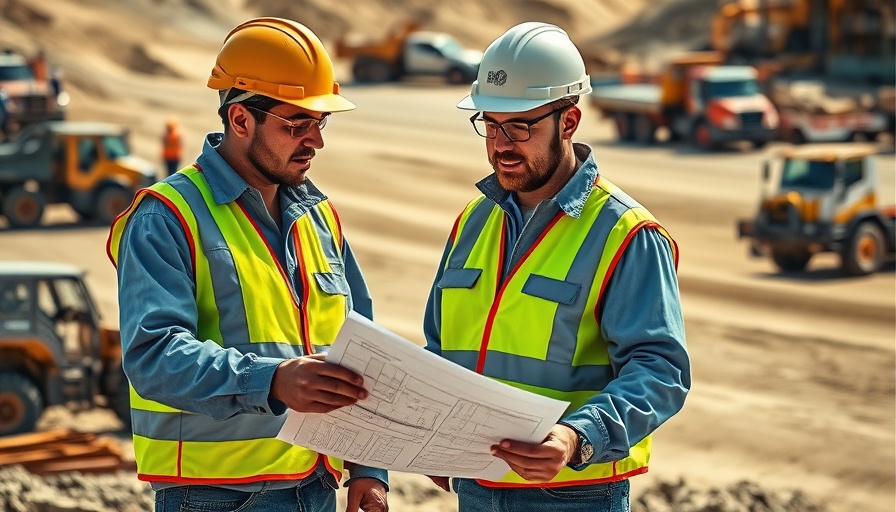
A New Era for Data Center Construction
The recent executive order issued by the Trump administration marks a significant shift in how data centers are constructed across the United States. By expanding federal access to land and easing environmental review processes, the order aims to streamline the path for projects exceeding $500 million in cost or utilizing more than 100 megawatts of electricity. This could mean a major boost not only for tech companies but also for the broader economy as the demand for data storage continues to rise exponentially.
Understanding the Implications of the Order
For business owners, property developers, and facility managers, the implications of this directive are substantial. Within an industry facing challenges related to rising project costs and resource availability, this executive order brings renewed hope for faster project timelines and accessibility to funding sources, including grants and tax credits. As the need for efficient data center builds grows, being aware of these new financing strategies will be critical for staying competitive in the marketplace.
The Growing Demand for Data Centers
The surge in demand for data centers stems from an increasingly digital economy. On top of the challenge businesses face to construct these facilities rapidly, many are also grappling with escalating power needs and construction costs. The executive order not only seeks to alleviate approval bottlenecks but also actively encourages facilities that can meet burgeoning data processing needs. With companies rapidly transitioning to cloud services, understanding the implications of this order could offer companies a competitive edge in securing faster permits and funding, thereby reducing project timelines.
Broader Economic Impact
This executive order underlines the federal government's recognition of the construction sector's role in driving economic growth. By prioritizing large-scale construction projects, particularly in tech and energy sectors, stakeholders can expect to see heightened economic activity and job creation. The focus on reducing regulatory friction under laws like the Clean Air Act and Clean Water Act could simplify compliance for developers, leading to lower costs and accelerated timelines, providing an even greater impetus for growth in the industry.
Conclusion: What This Means for Executives Moving Forward
As a strategic financial analyst in the construction management realm, staying ahead of these regulatory changes is crucial. Understanding how to navigate the accelerated permitting landscape could enable executives to leverage funding opportunities and capitalize on changing market dynamics. By aligning projects with federal priorities, businesses can optimize their project delivery and gain a solid footing as leaders in the competitive construction market. Forward-thinking executives should implement strategies for rapid project initiation and consider proactive engagement with federal agencies to ensure swift approvals.
 Add Row
Add Row  Add
Add 




Write A Comment